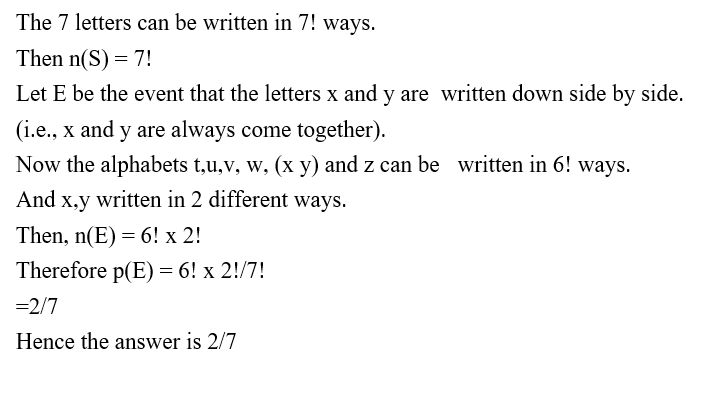Question 1: 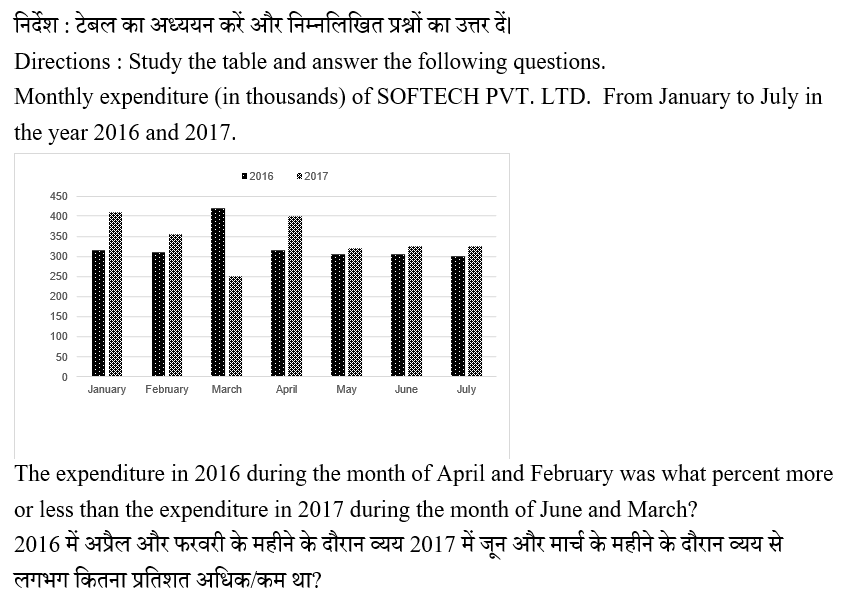
Question 2: 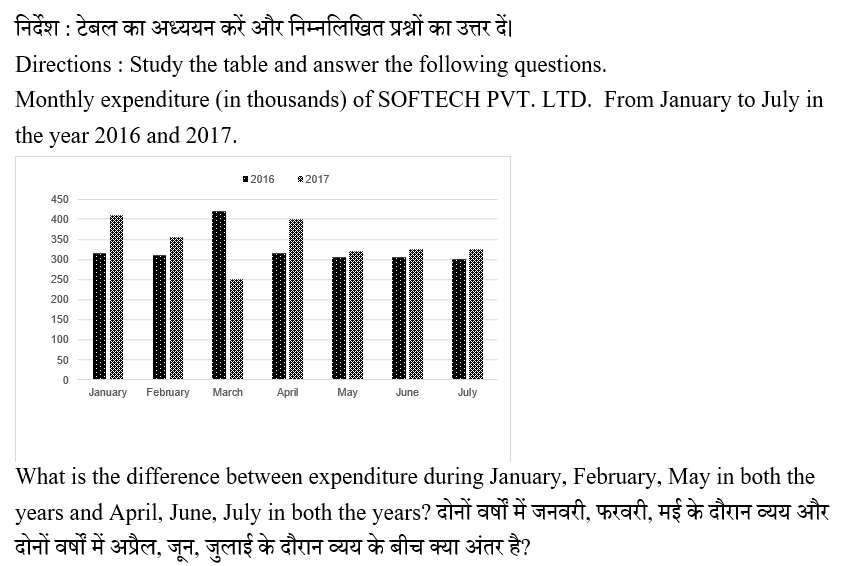
Question 3: 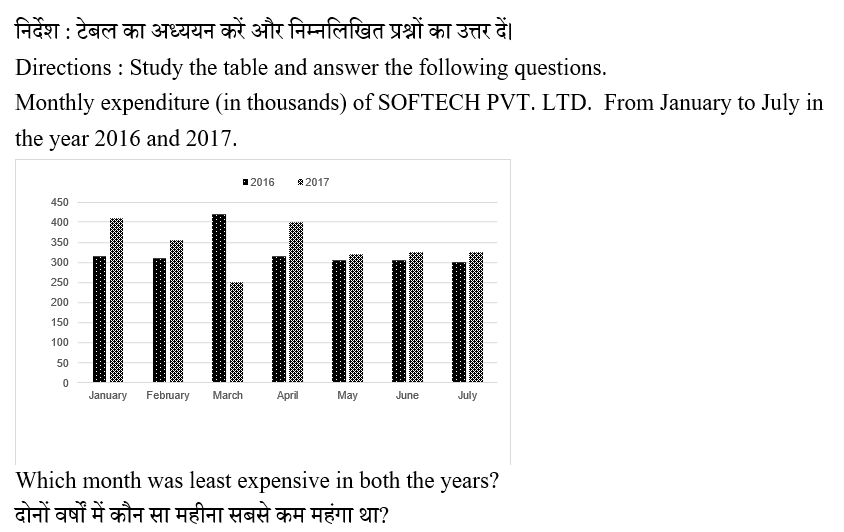
Question 4: 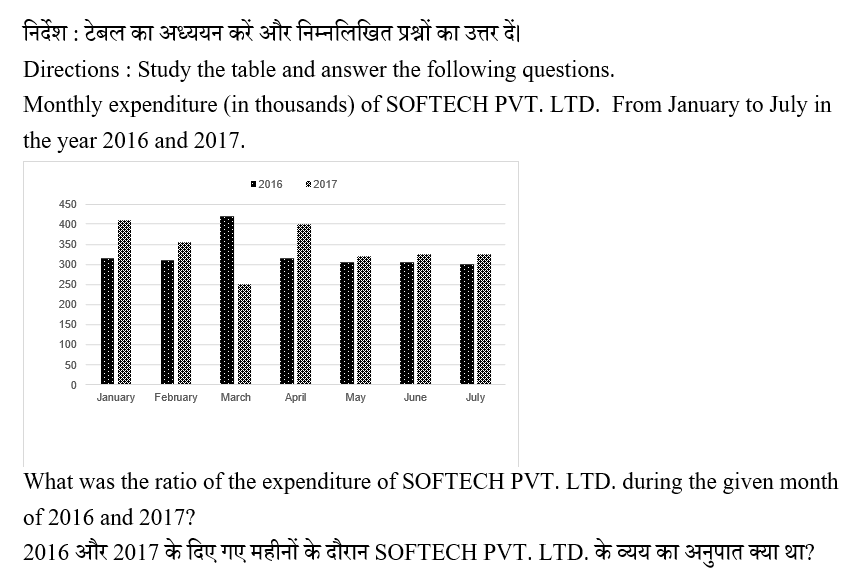
Question 5:
If 3 (P’s capital) = 4(Q’s capital) = 6(R’s capital) ; then out of a gain of Rs.3645, R will receive? If 3
(P का निवेश) = 4 (Q का निवेश) = 6 (R का निवेश); तो रु .3645 के लाभ में से, R को कितना राशि प्राप्त होगा?
Question 6:
A dealer sells one television for Rs.12500 at a gain of 25% and another for Rs.15300 at a loss of 10%. His total gain or loss percent is.
एक डीलर 25% के लाभ पर एक टेलीविज़न को 12,500 रुपये में बेचता है और एक अन्य को 15,300 रुपये में 10% की हानि पर बेचता है। उनका कुल लाभ या हानि प्रतिशत कितना है?
Question 7:
The sum of the ages of Mother and son is 50 years. Eight year ago, the product of their ages was two times the mother’s age at that time. Find the present age of son.
मां और बेटे की आयु का योग 50 वर्ष है। आठ वर्ष पहले, उनकी आयु का गुणनफल, उस समय मां की आयु का दो गुना था। बेटे की वर्तमान आयु ज्ञात करें।
Question 8:
The unit digit of a certain two digit number is five more than the tens digit. What is the difference between the original number and the number obtained by reversing it?
एक निश्चित दो अंकों की संख्या का इकाई अंक, दहाई अंक से पांच गुना अधिक है। मूल संख्या और इसे उलटकर प्राप्त होने वाली संख्या के बीच क्या अंतर है?
Question 9:
The last 7 alphabets are written at random then the probability that the letters x and y are written down side by side is :
अंतिम 7 वर्णमाला अक्षर को यादृच्छिक रूप से लिखे गए हैं, तो क्या प्रायिकता है कि अक्षर x और y साथ में लिखा गया है:
Question 10:
If 20% of a number is equal to three - fourth of another number, what is the ratio of first number to the second number.
यदि किसी संख्या का 20% दूसरे संख्या के तीन चौथाई के बराबर है, तो पहली संख्या और दूसरी संख्या का अनुपात क्या है?




